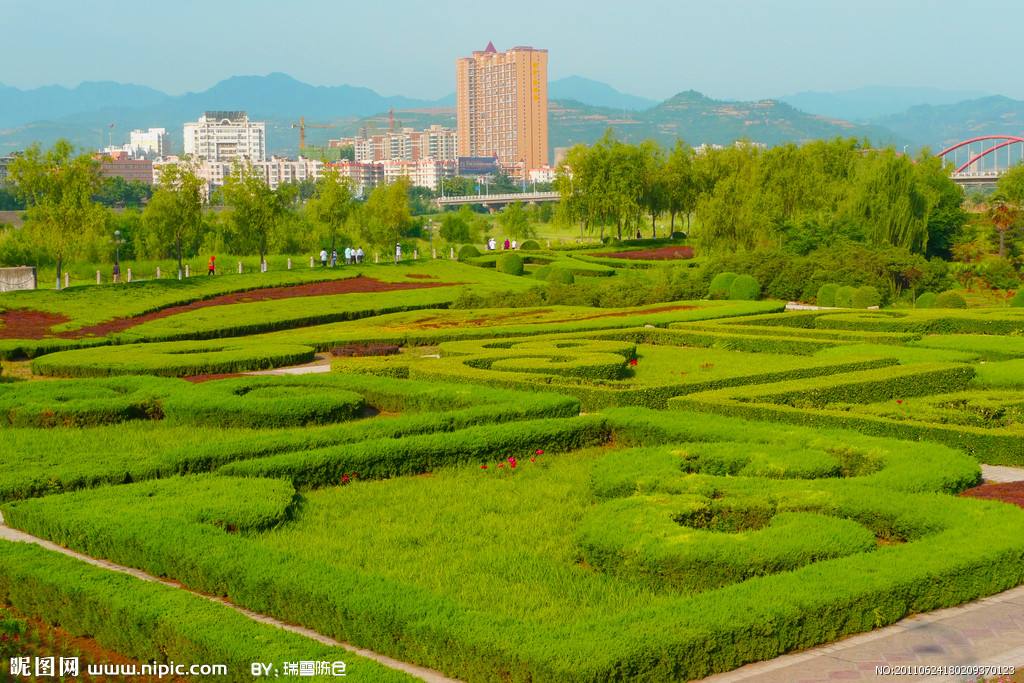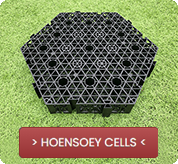How Do Green Roofs Work?
How do green roofs work?
Green roofs are also known as “Vegetated Roofs,” or “Eco-Roofs.” They have become more popular in recent years, which is unsurprising because of the incredible ecological benefits they have. They are known to extend the lifespan of the roof of a building by protecting it against UV radiation, and other elements such as snow and ice. When compared to a traditional roof, a green roof can last three times longer. Green roofs also reduce energy costs because they provide natural insulation for buildings by absorbing heat instead of attracting it. This is also known as the “Urban Heat Island Effect,” which is reduced by the help of green roofs. The plants on green roofs produce oxygen and provide a lot of shade. In urban environments, they slow down stormwater runoff. A city produces more than five times more runoff compared to a woodland area, even if they are both the same size. This is because cities have hard surfaces such as pavements and rooftops, which increases the volume of stormwater runoff which is responsible for floods and pollution around the world. A green roof can lower the chances of flash flooding by absorbing significant amounts of water. They also retain around 90-percent of the precipitation during summer and 40-percent in winter. Aside from the ecological benefits, green roofs are also very aesthetically pleasing to look at. Architects often use green roofs to create a more nature in cities and buildings, to combat environmental problems. Green roofs have been around for a very long time, but their benefits are finally being acknowledged as more than a form of beautification. More cities are using them now because of their sustainable ability to increase biodiversity and reduce energy consumption.
Usually, a green roof consists of a green roof tray which acts as a waterproof barrier to protect the building. They also contain a drainage layer which absorbs the runoff, a type of soil and a layer of plants. There are two main types of green roofs. These are extensive and intensive. The main difference between the two is the thickness of the soil they use. Extensive green roofs are cheaper and easier to set up and are mostly used for environmental purposes. Intensive green roofs can hold many types and sizes of plants, such as shrubs, and small trees with stronger roots. These become harder to maintain and are more expensive due to irrigation. It is important to determine if a green roof can handle a complete garden. This is essential because the plants get heavier after rainfall, so if the roof cannot handle the burden, it could be unsafe. If the roof is flat, a protection board might need to be put over it. Then a waterproof layer made of ethylene propylene, or a similar rubbery material will be adjusted to prevent any water entering. It also helps to maintain the roots of the plants so that they do not overgrow and hang from the roof. An extra filter layer might be placed to hold water and help spread it evenly across the garden so that the soil does not get washed away or destroyed.
While building a green roof, it is essential to have the proper trays that can grow and house the plants delicately. These green roof trays are very easy to carry and hardly disrupt the plants or their structure. They are suitable for transferring and relocating plants with ease. The modern trays are raised at the bottom to provide better ventilation and water drainage. This also helps to tackle high temperatures so that the bottom of the tray does not get too hot. Green roof trays are very easy to assemble and can save a lot of time and money. They can be adjusted to any size to fit the plants better. Aside from roofs, people can form a garden anywhere they want. With these trays, a green roof can be installed on balconies, gardens, roofs, and backyards, etc. High-quality green roof trays are made of durable materials such as UV-protected Polyethylene. This way, the garden boxes will not crack or leak any water when they are placed on roofs or balconies, especially on very hot days when the sun hits the planter directly for long periods.

Like a regular garden, green roofs will also have to be maintained regularly. The extensive roofs are easier to look after, but they still require some trimming and weeding. That is why flat roofs or balconies are more ideal because people can maintain the plants safely. Intensive green roofs need to be checked consistently for soil erosion, which is why it is harder to look after them. The entire roof does not need to be covered during the installation process. People can put any kinds of plants and arrange them freely by covering different sections with green roofs. Their eco-friendly benefits and reduced energy bills are worth the investment and they are also very beautiful to look at. Imagine walking down a street full of houses with traditional roofs and suddenly seeing one that is entirely colorful. Having a green roof provides an extra garden and makes it easier to walk around. Otherwise, people hardly ever go on their roof unless they are trying to fix the antennae, or broken shingles. Now, they can grow herbs and vegetables if they want to, or even just relax and enjoy all the scenery.
The Urban Heat Island Effect: What it is? Why it’s Harmful? and What can be Done? Click here to know it.
More questions about “How Do Green Roofs Work?”, please contact with us.






